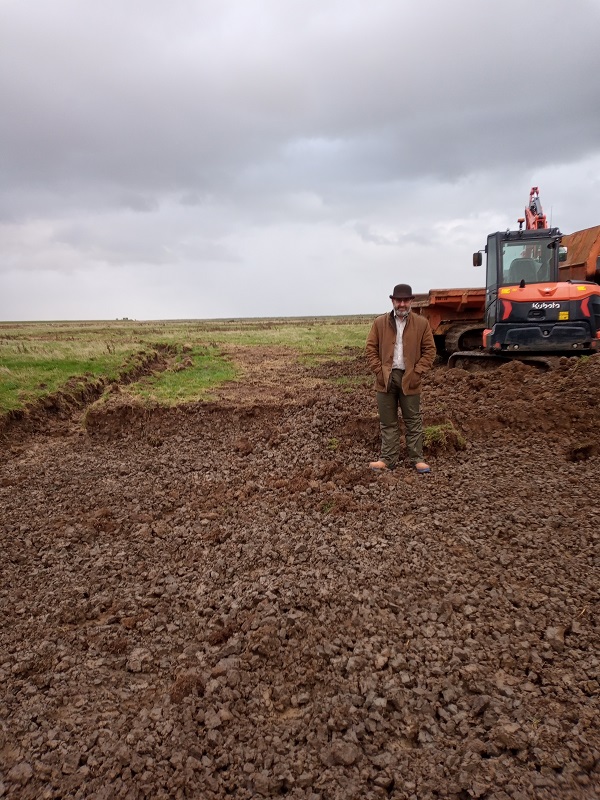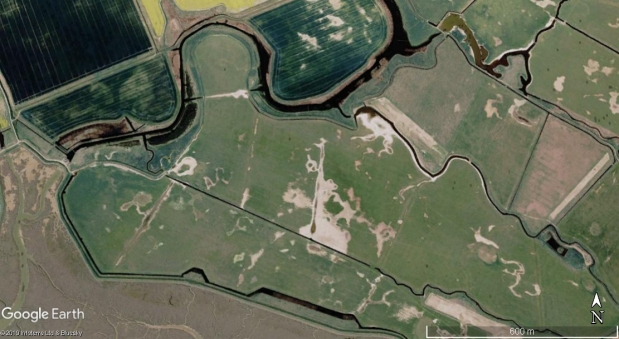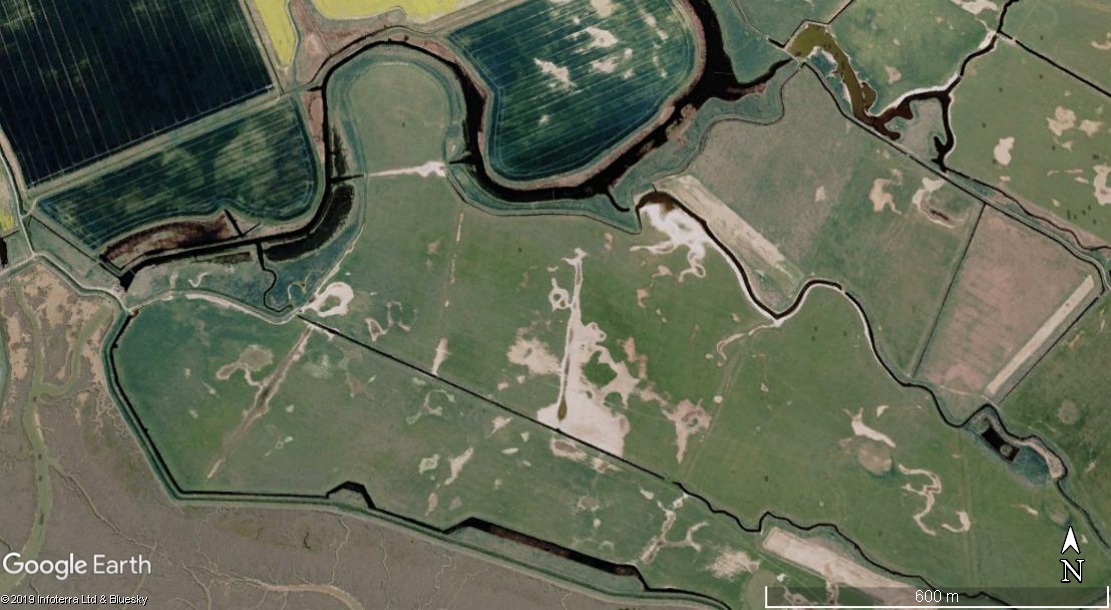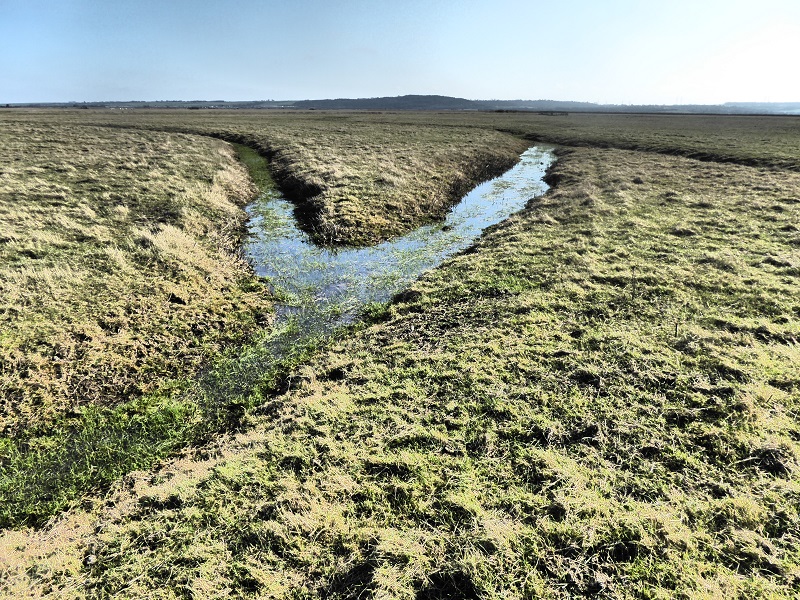Landowner, Alex Bates has been dubbed the ‘hero of the week’ by KMFM after he has started to transform his land on the Hoo Peninsula into a wetland mecca for birds like lapwing and redshank.
When I first met Alex it was obvious his land, alongside the Thames had huge potential for wildlife. The vast open expanses should have been full of plummeting and bickering waders but the land was essentially dry throughout the spring meaning that it’s potential was lost every year.
Alex’s neighbours, the RSPB, were happy to help out and came up with a fabulous design which would allow water to be held on the land throughout the spring effectively turning back time and re-creating the landscape more closely aligned to that which the Romans and Britons would have known when they fought each other across these acres.
Consultants from Ecological Development and Research helped put together documents needed to get consent from Natural England and the Environment Agency for the work to begin.
Finally consent was granted. Alex and his partners could then set about investing in new diggers and dumpers and could finally get to work to restore the marsh.
As a hands on Man Alex is paying for and doing all the work himself with the assistance of homeless man who he met and offered a job to.
He certainly is a bit of a hero and I am looking forward to seeing how the site develops and how the birds react next spring. When I visited a flock of 50 lapwing were already beginning to investigate. It is wonderful to see these iconic birds back prospecting in fields they disappeared from 50 years ago.
In my role running the North Kent Breeding Wader Project I will be offering support and advice to Alex over the coming months and years.
Read the Article here https://www.kentonline.co.uk/medway/news/the-more-everybody-does-off-their-own-back-the-better-the-277665/





